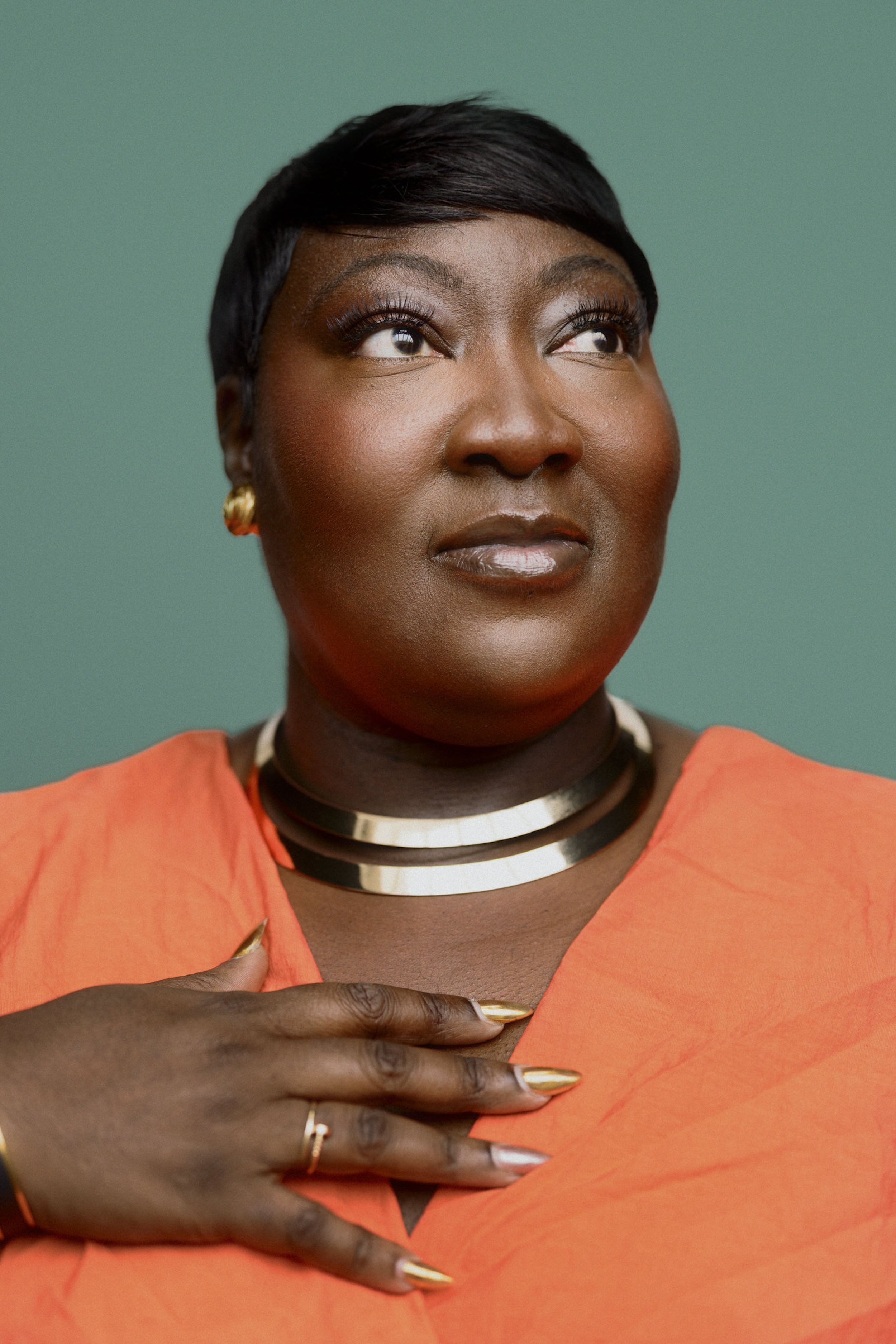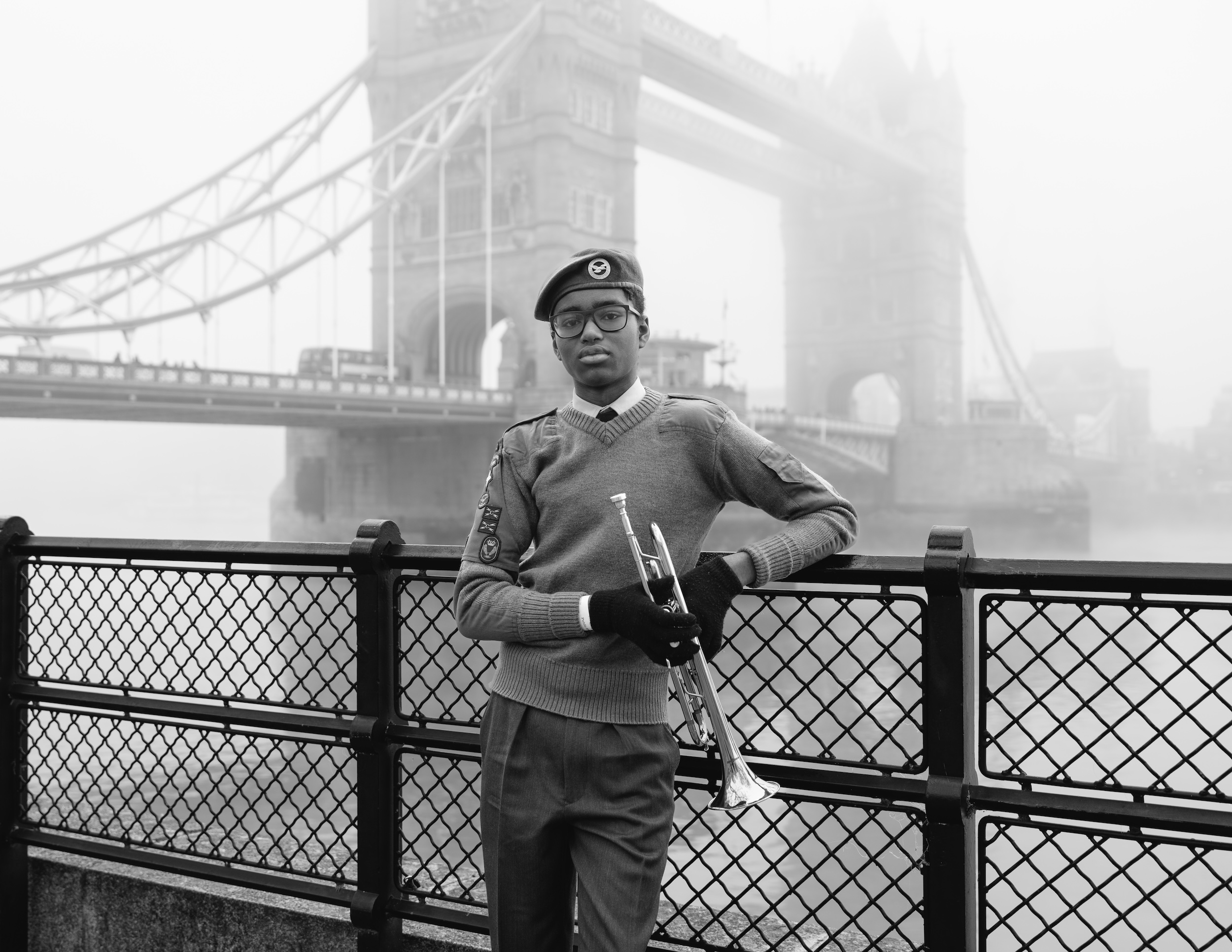All images © Ron Timehin
The photographer reflects on his journey from street musician to photographer, the emotional power of fog, and his latest project The Black Rainbow
Over the past decade, Ron Timehin has evolved from a self-taught street photographer into a trusted creative voice, working with brands such as Apple, Adobe, Sony and Nike. Known for moody, textural work, Timehin’s images offer a considered, often atmospheric perspective on urban life.
His first book, London Fog, brought this vision to print and was named The Times Photography Book of the Year. But his recent work moves beyond the landscape, turning toward portraiture and questions of identity. His latest project, The Black Rainbow, explores what it means to be both Black and queer in Britain, using photography to document the nuances of community, masculinity, faith, and belonging. For Timehin, personal storytelling and creative independence are just as important as commercial success and his work continues to shift between both.
We speak to Timehin on the back of his commission with Adobe for UK Black Pride, where he met Lady Phyll and “instantly knew” he wanted to take her portrait to highlight her contributions to Pride History. Below, he tells us what growing into his quickly developing practice is looking like.
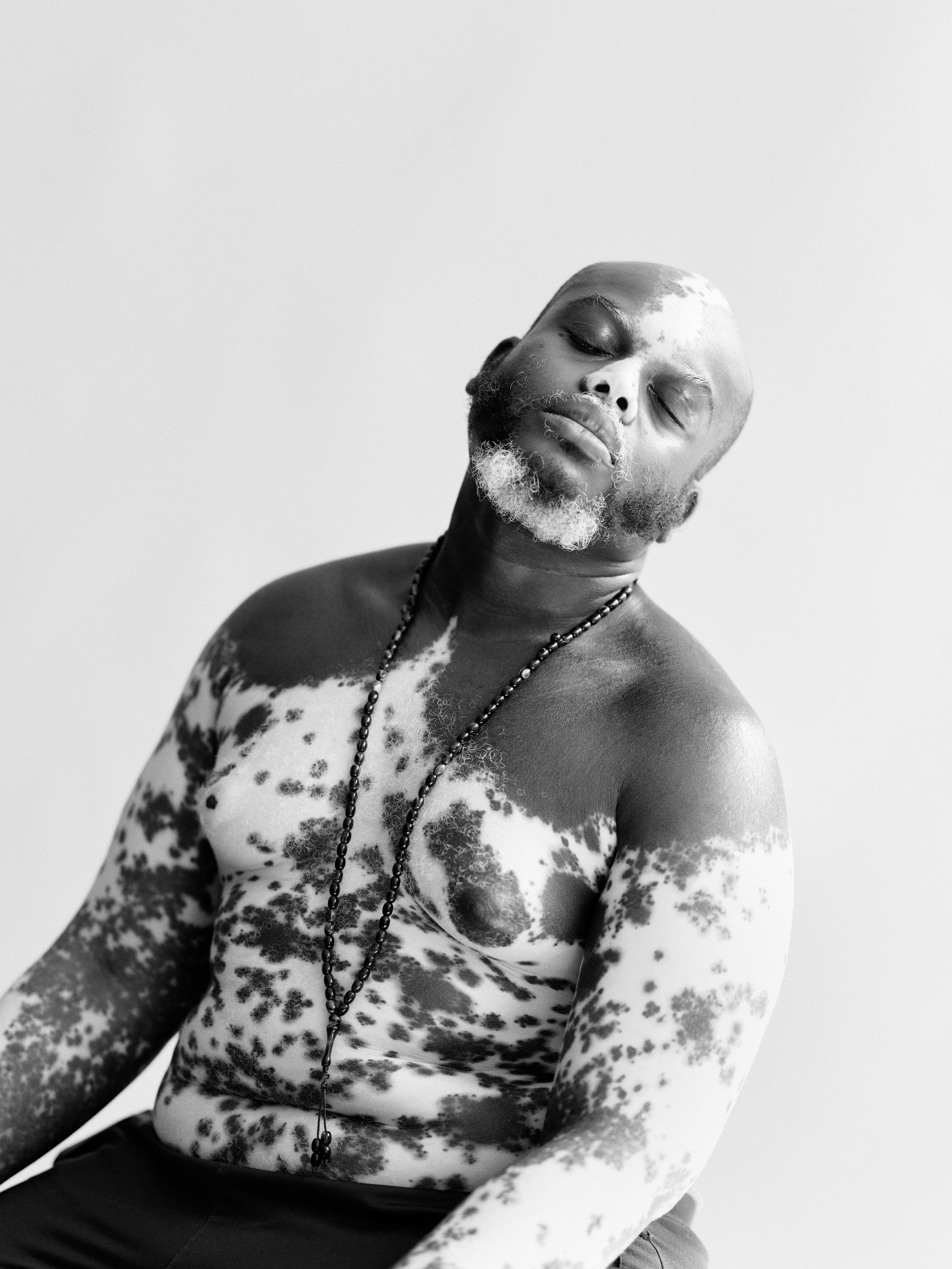
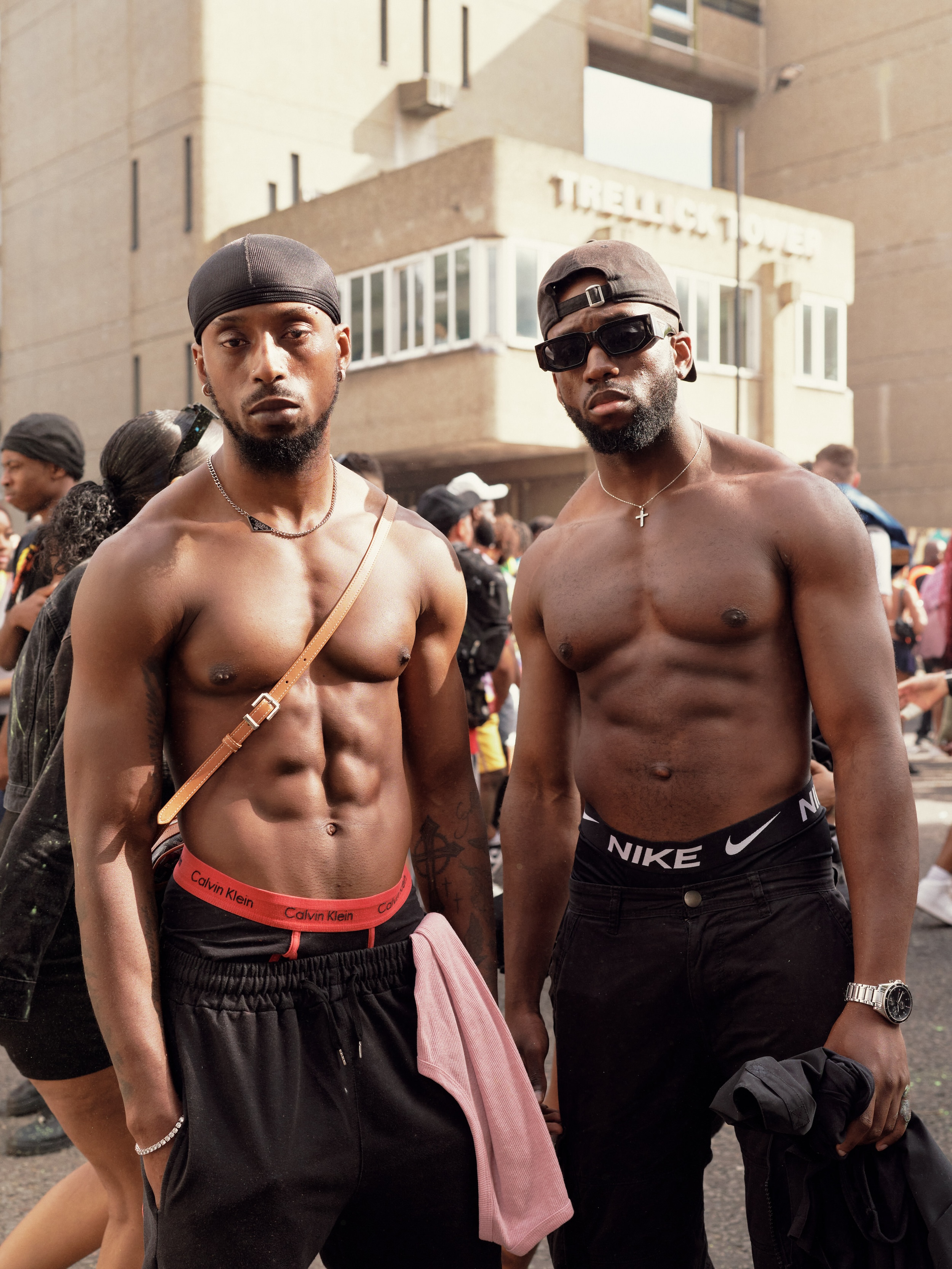
“I always felt like the way the city was being portrayed – sunny skies, Big Ben, all neat and shiny – just didn’t match the London I knew”
BJP: Can you tell us a bit about how your photography journey began?
Ron Timehin: Photography found me early on, I’m fortunate to say. I used to love taking photos of my family, but it was when I started travelling and performing as a young musician that it really took hold and became my way of documenting the world around me – capturing moments, telling stories, and just making sense of everything I was experiencing. It felt like this perfect balance of creativity and memory-making.
A big turning point came in 2014 when Instagram offered me a two-week feature. Every new user who signed up during that time would see my account – and the response was wild. Overnight, I gained 25,000 followers, and suddenly brands were getting in touch. They were looking for fresh photographers to shoot everything from editorial to campaigns and social media. Fast forward, and I’ve spent over a decade working with some incredible brands – shooting photography, directing video and helping to shape and bring relevance to their creative concepts.
BJP: Were there any early experiences or mentors that shaped your creative direction?
RT: Absolutely. My early years as a musician really taught me the value of practice, patience, and putting myself in uncomfortable situations in the name of growth. Music was my first love (as the old song goes), and it taught me that art can connect people deeply – beyond language, beyond backgrounds. I think photography does that too. A single image can spark emotion, inspire change or just start a conversation which could end anywhere.
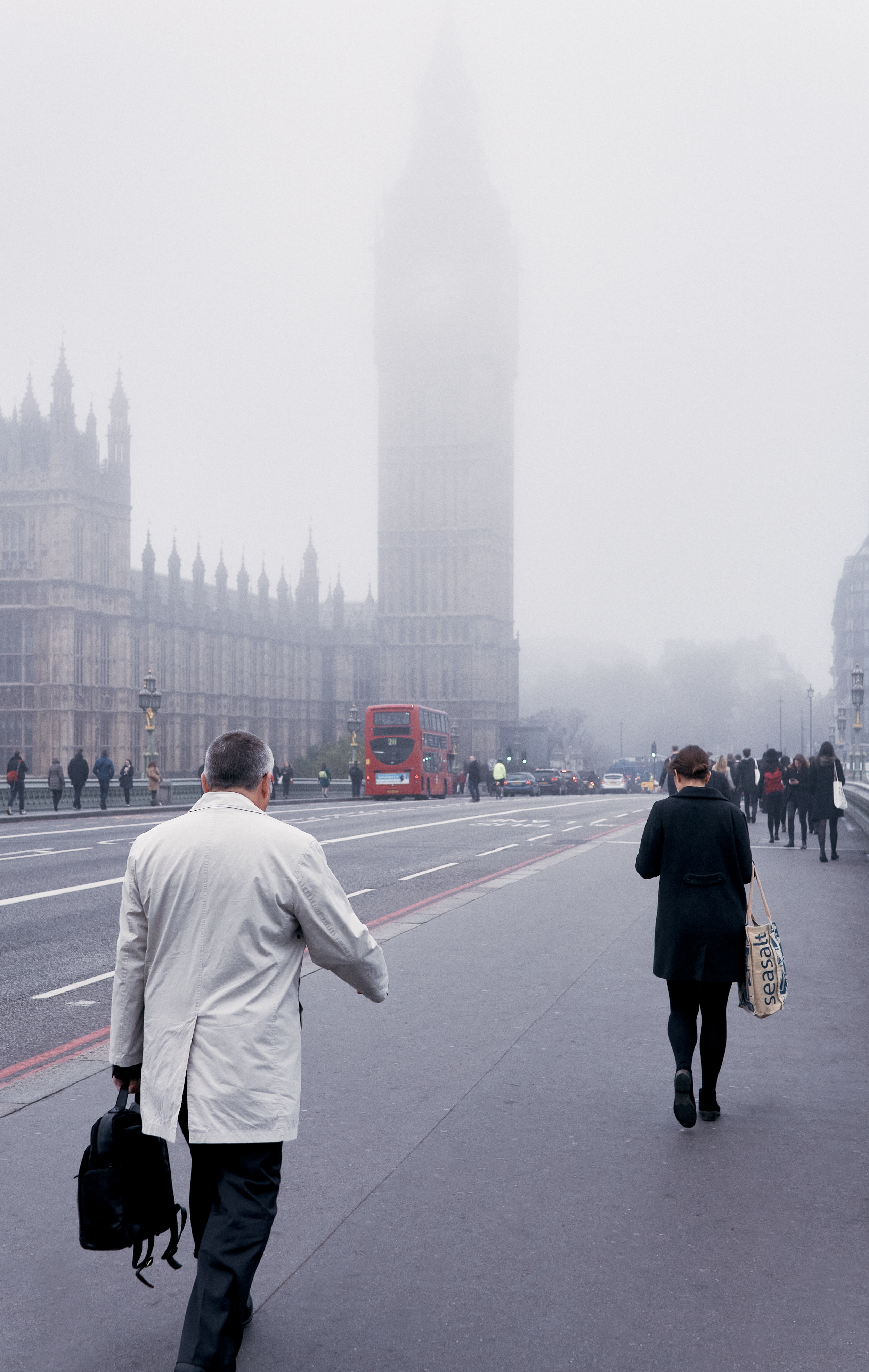
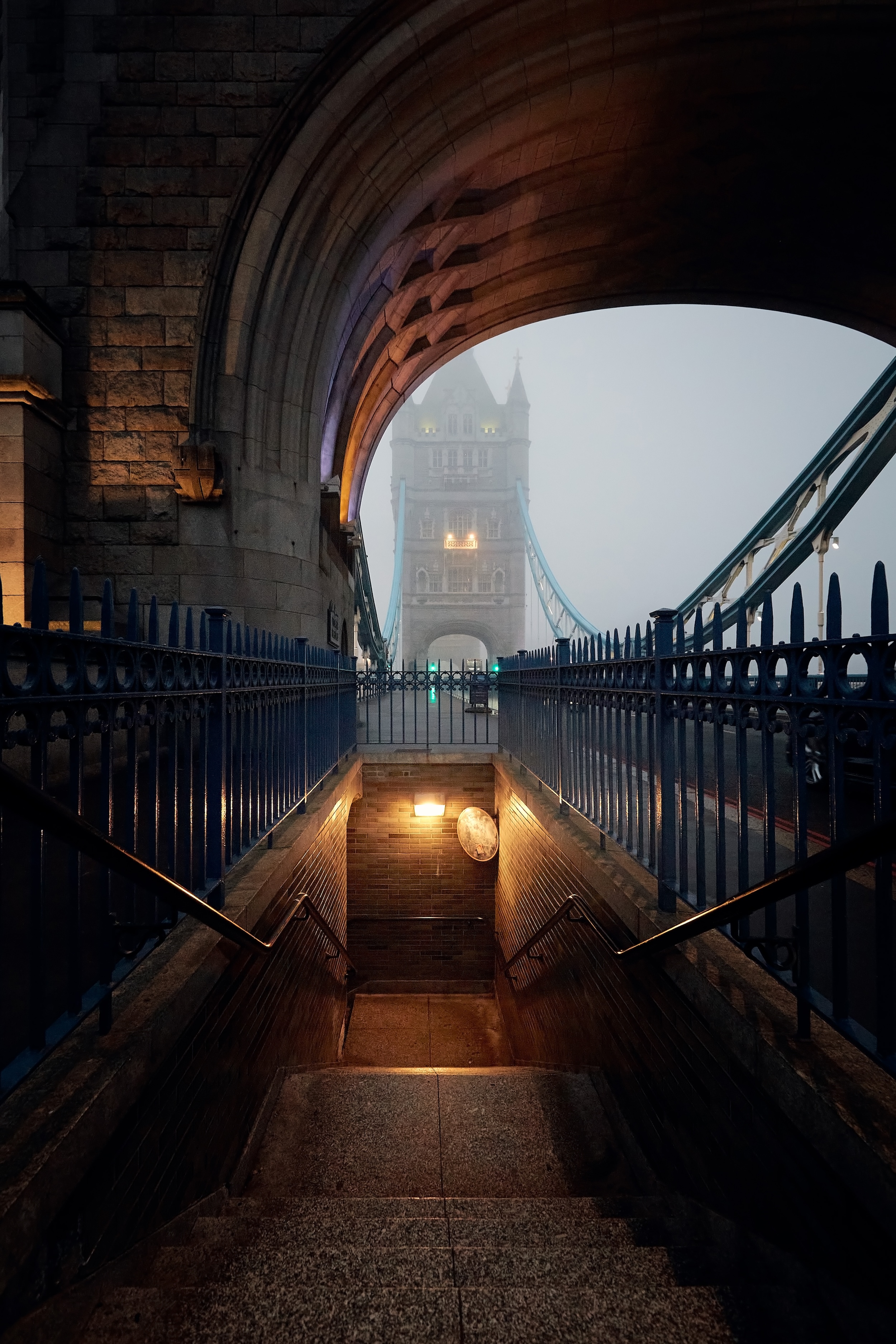
In terms of mentors, I’ve been lucky. Misan Harriman has been a huge influence. Watching how he moves through the world – with integrity, strength, and a deep commitment to impact – has helped me navigate my own journey as a Black creative. He’s also big on planting seeds in other people’s gardens, which really stuck with me.
Tom Oldham is another person I deeply respect. He opened my eyes to the power of long-form storytelling and thinking beyond social media “content.” Coming from an era where most images are seen for two seconds and then gone, Oldham reminded me of the power of printed work, legacy-building, and telling stories that really matter. He’s also a master of commercial photography, so getting insight into that world – especially as someone who’s self-taught – has been invaluable.
BJP: What draws you to urban environments and moody lighting, particularly rain and fog?
RT: In my early days, I was mostly shooting street and cityscape photography, and I was always thinking, how can I make this feel different? I started thinking about music again – specifically jazz. It’s soulful, emotional, sometimes melancholic, but also incredibly beautiful. Fog and rain feel like jazz to me. There’s mood, atmosphere and subtlety.
Growing up in London, I always felt like the way the city was being portrayed – sunny skies, Big Ben, all neat and shiny – just didn’t match the London I knew. This city can be raw, complex, and sometimes quite lonely. Fog and rain capture that side of it. Since 2015, I’ve been checking the weather religiously, waiting for those rare foggy mornings. There might only be a handful each year, usually just after sunrise, and when they happen – I’m ready.
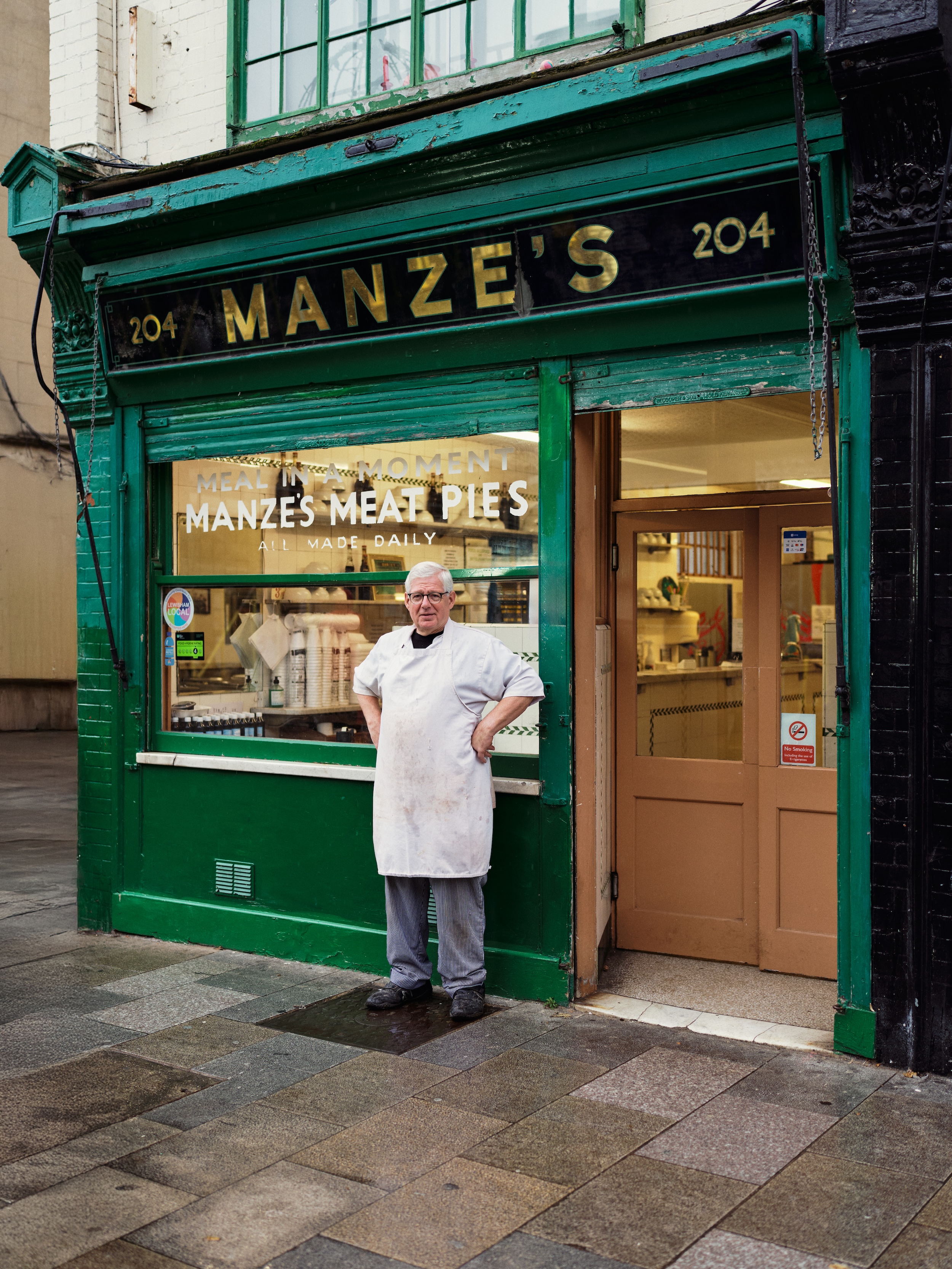
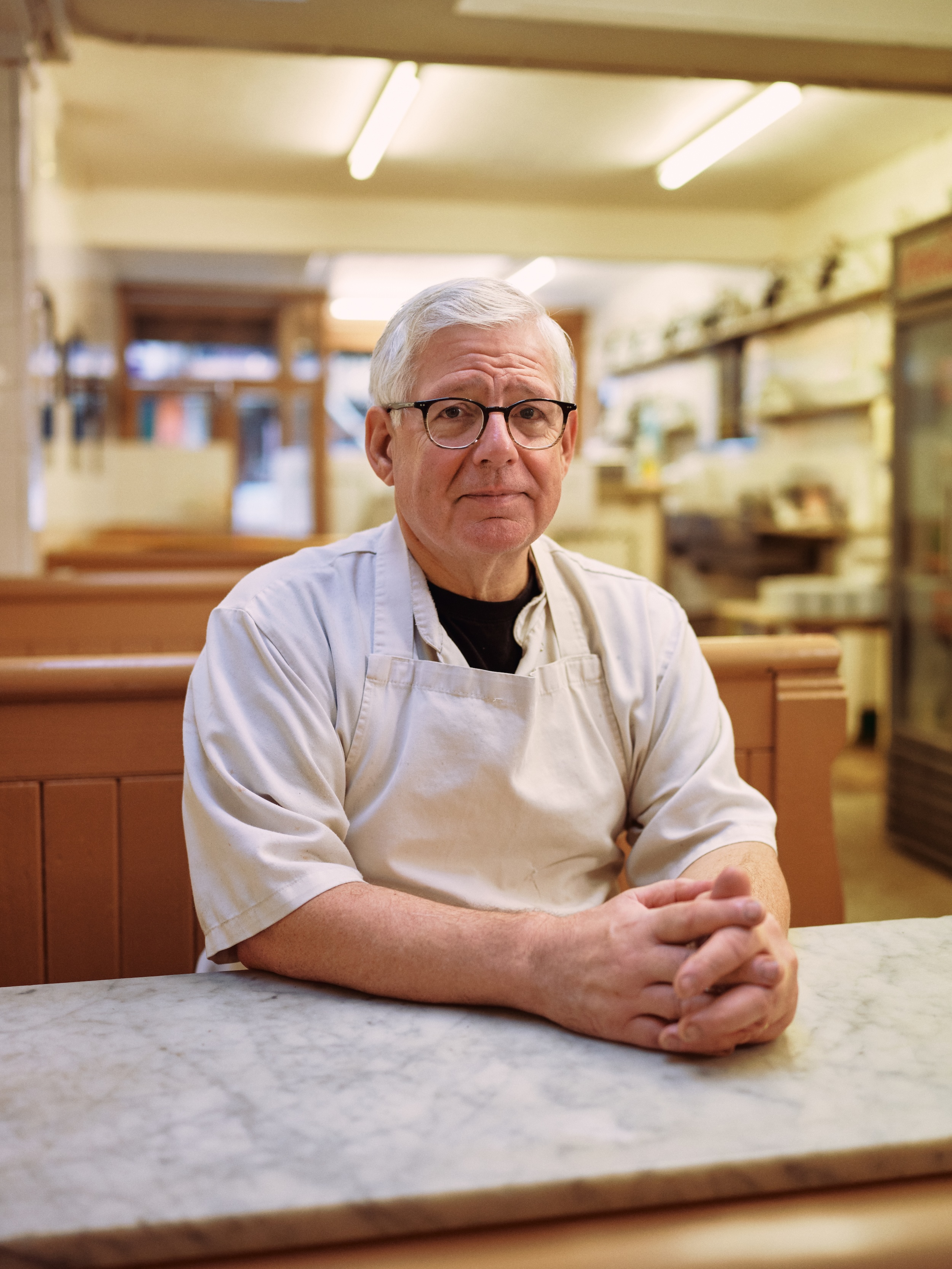
BJP: You’ve worked with brands like Apple, Adobe, and Nike. How do you balance client work with personal projects?
RT: When I first started landing brand jobs, it felt amazing – like real validation for all the years of hard work. It also meant I could leave my full-time job and go freelance, which was a massive leap. The ride has been exciting, challenging, and sometimes scary – but I feel incredibly lucky to be doing what I love for a living.
That said, over time, I realised I needed more than just paid work. I needed to tell my stories too. That’s where personal projects came in – they’re a way for me to dig deeper, explore what matters to me and create with complete freedom. No briefs, no feedback loops – just pure expression. And funnily enough, those are often the projects that catch the attention of brands (which often results in more harmonious commissioning).
Having ambassadorships and long-term relationships with brands such as Adobe and Sony has helped propel my career and allowed me to pitch personal projects, which has been incredibly valuable!
BJP: What was the process like putting together your book London Fog?
RT: It still feels surreal, to be honest. Holding London Fog in my hands for the first time was one of those full-circle moments. Years of early mornings, walking the streets of London in the cold and damp, waiting for the right light – and then suddenly it was all there, bound together in a book.
Trope Publishing reached out to me in 2019, and we spent about a year planning and curating the work. When the book was released, it got a great response – it was even named The Times Photography Book of the Year. It ended up on national TV and featured in a bunch of magazines. Seeing that kind of recognition for something so personal was really special.
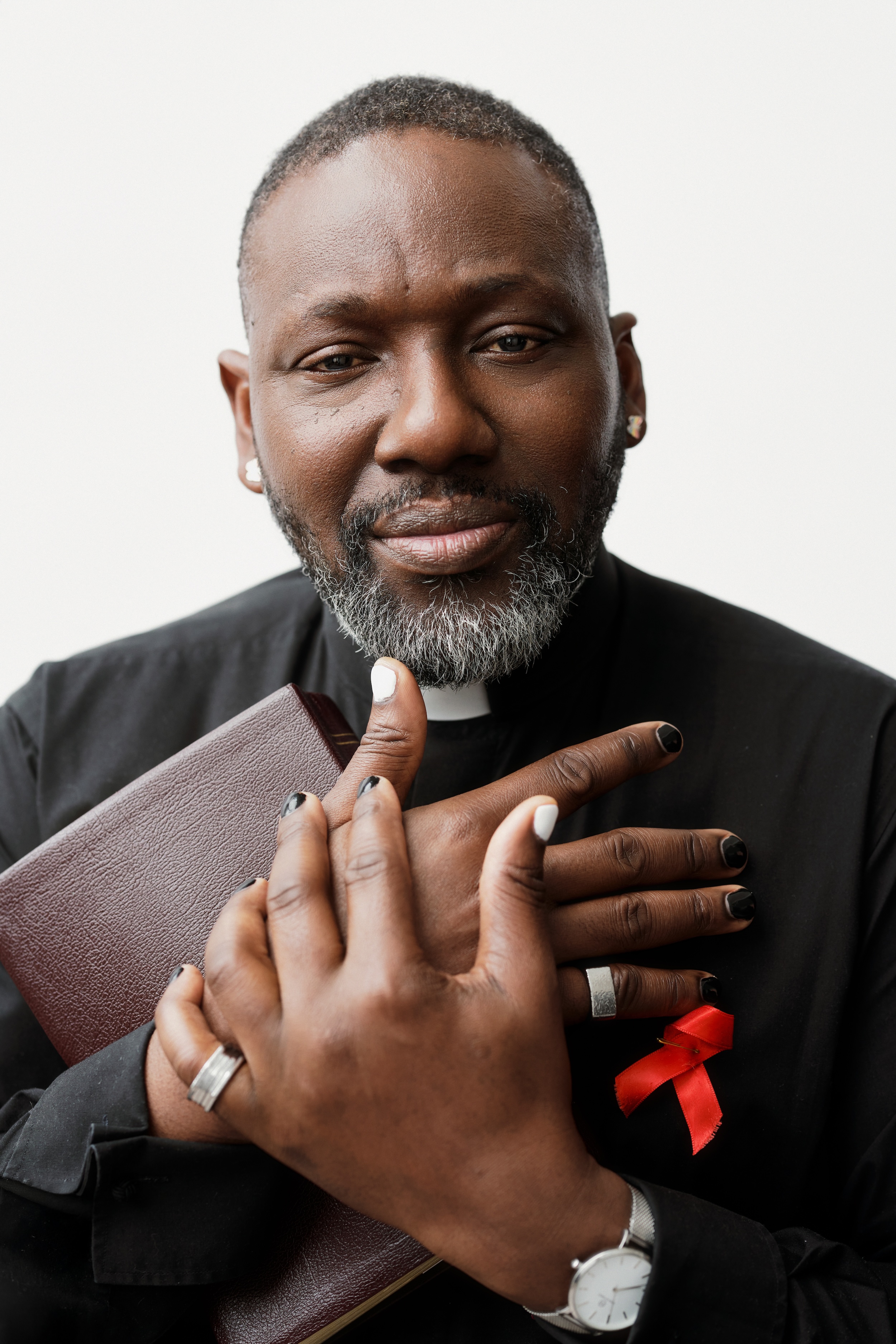
BJP: What’s next for you – creatively, professionally, or personally?
RT: Right now, I’m leaning hard into portraiture. People, connection, identity – that’s where my heart is. There’s something powerful about sitting with someone, hearing their story, and finding a way to honour that through a photograph.
On a personal level, I’ve been exploring what it means to be gay, especially as someone who grew up in a very masculine South London environment, and with African heritage. It hasn’t always been easy to navigate that space – but it’s a big part of who I am.
That exploration has turned into a new project called The Black Rainbow – a portrait series spotlighting the experiences of being Black and queer in Britain. The project looks at the challenges, the beauty, and the layers of this dual identity. It’s broken into themes – Black masculinity, family, friendship, relationships, and faith – and each of these pillars features images that reflect shared experiences, struggles and hope.
For the Faith section, I photographed Jide Macaulay, an openly gay Nigerian priest in the Church of England. The shoot was especially significant for me as it showed that despite the obstacles, there are people doing important, healing work in these spaces.
At its core, The Black Rainbow is aimed at young Black LGBTQ+ people. Through the work I want them to feel seen, to know they’re not alone, and to understand that their identity is something to be proud of. I’ll be sharing more from the project soon and I can’t wait.
